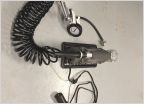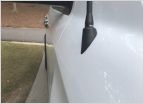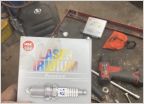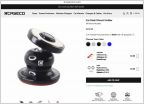-
Welcome to Tundras.com!
You are currently viewing as a guest! To get full-access, you need to register for a FREE account.
As a registered member, you’ll be able to:- Participate in all Tundra discussion topics
- Transfer over your build thread from a different forum to this one
- Communicate privately with other Tundra owners from around the world
- Post your own photos in our Members Gallery
- Access all special features of the site
Motor oil 2uzfe and 3urfe
Discussion in 'General Tundra Discussion' started by Whocares, Nov 30, 2020.


 Bumper shackles
Bumper shackles Outboard Air - ViAir 400P automatic
Outboard Air - ViAir 400P automatic Small Pry Tools for Interior Suggestions?
Small Pry Tools for Interior Suggestions? Stubby wasn't Stub Enough
Stubby wasn't Stub Enough Which spark plug to go with?
Which spark plug to go with? CASECO Phone Mount woes!
CASECO Phone Mount woes!













































































